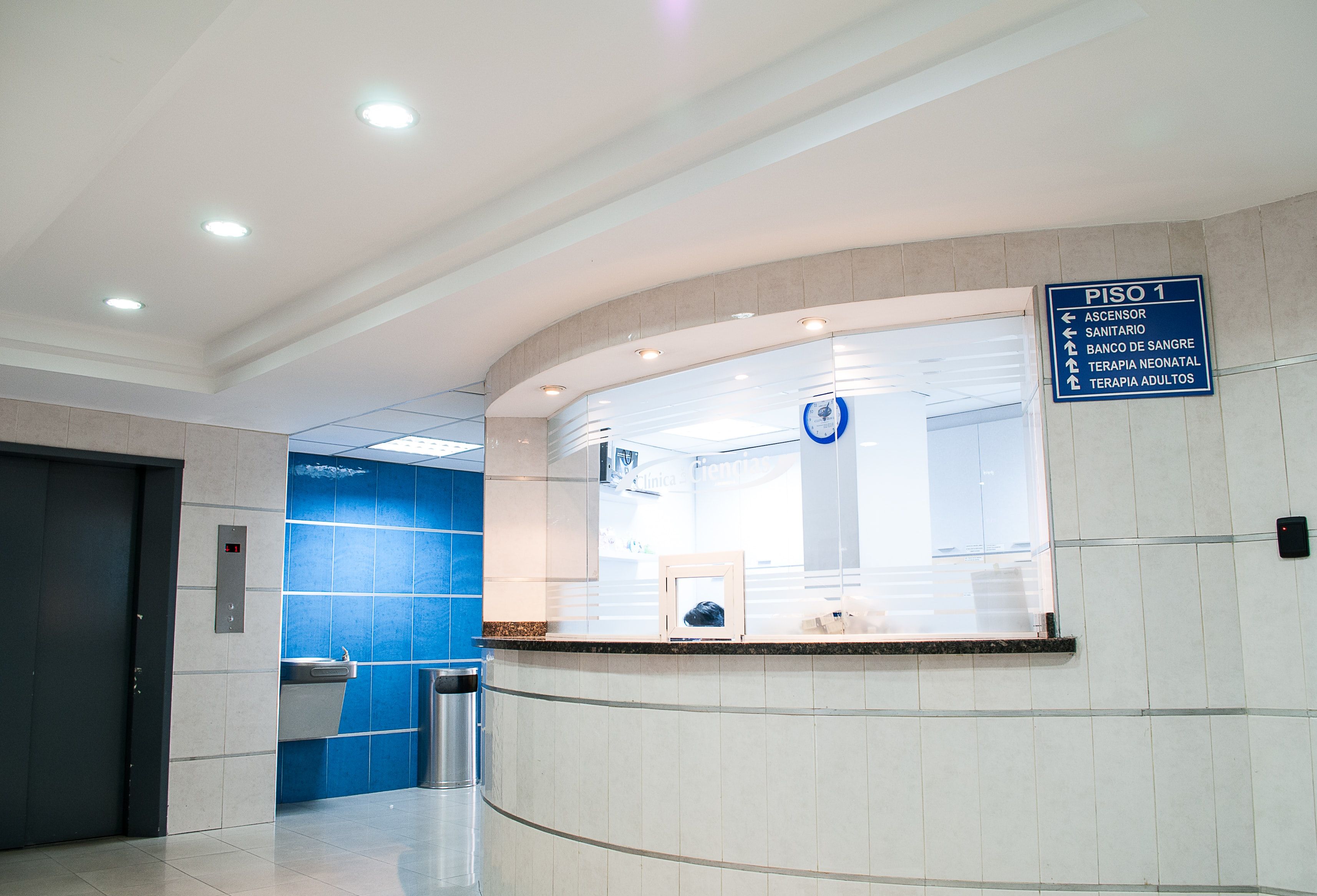Article
Health Costs of Chronic Pain in Women are Higher with Opioid Treatment
Author(s):
Utilizing CIH treatment is effective on its own or in combination with opioid treatment for lower costs.

Complementary integrative health (CIH) treatment approaches for chronic pain have the potential to keep health costs lower according to a study led by Taryn A. G. Quinlan, MS, Department of Health Systems, Management, and Policy, Colorado School of Public Health University of Colorado Anschutz Medical Campus. Long-term opioid use for pain management in women resulted in significantly higher expenditures.
Different methods of pain management will have different costs. The investigators of the study aim to explore that by using a pain treatment modality to estimate differences in average annual health care expenditures of adult women with chronic overlapping pain conditions (COPCs): no long-term opioid or complementary and integrative health (CIH) use; CIH use only; long-term opioid use only; and long-term opioid and CIH use.
The Study
The investigators examined data from the cross-sectional Medical Expenditure Panel Survey (MEPS) from 2012-2016. The average annual expenditures of adult women with chronic overlapping pain conditions differ by their use of long-term opioids and CIH modalities.
Adjusted marginal effects in annual expenditures were estimated by generalized linear regression with a log link function. This was chosen based on Modified Park Tests.
The investigators controlled for pain severity, patient demographic characteristics, physical limitations, comorbidities, mental health, insurance status, physical therapy use, and census region.
A propensity-score based marginal mean weighting through stratification (MMWS) was utilized to balance the treatment groups on observed covariates.
For this study, adult women categorized their use of CIH and long-term opioids.
They identified with 1 or more self-reported COPC using 3-digit ICD-9/10-CM codes (n = 9169).
Lowering the Cost
The investigators found that compared to women without long-term opioid or CIH use, CIH only use was significantly associated with lower inpatient expenditures (-$947 [-$1,699, - $196]; P <0.01), higher office-based expenditures ($1,345 [$944, $1,746]; P <0.001), and higher patient out-of-pocket expenditures ($628 [$409, $848]; P <0.001).
Ultimately, long-term opioid use was significantly associated with higher expenditures (P <0.05) in total, whether alone or in combination with CIH. These findings are across all utilization categories compared to women without any long-term opioid or CIH use.
Conclusions
CIH was found to be the most effective treatment for keeping costs lower.
“Our results indicate that complementary and integrative health treatment approaches for chronic pain have the potential to be utilized without increasing overall costs,” the authors wrote. “Future research should further examine the role of CIH modalities in achieving cost-effective pain management that reduces avoidable opioid use.”
Other Ways to Shed Costs
Previous research conducted in 2017 at University of Michigan found that people who were taking opioids before surgery were found to have longer hospital stays—resulting in higher costs for care.
During the first 90 days following surgery, the patients who had been on opioids leading up to their procedures had medical costs that were 3 times higher than those who did not take opioids.
The difference between the groups grew smaller with time, but after 1 year, medical costs averaged at about $12,113 for non-opioid users and more than doubled at $25,000 for opioid users.
The study, “Health costs of women with chronic overlapping pain conditions by opioid and complementary and integrative health use,” was published in Health Services Record.





